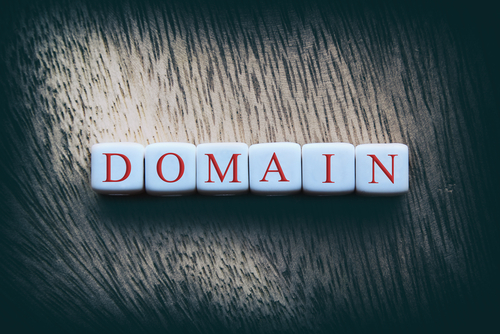Your business website can be compared to a brick and mortar store in real life. If you want people to come to it, you should be able to give them directions they can take to arrive at it. This is done with the help of domain names.
Now, normally, when you type in the URL of a website in your browser, you are letting it know which address to head to. So, one URL would translate to one address, or so you would assume. But, what if you had two addresses, like yourwebsite.com and yourwebsite.org? Would you go about creating two separate websites or can you point both URLs to one website?
Well, although there is nothing wrong with going either way, we say the advantages of pointing both names to one website far outweigh those that come with creating two separate websites.
Here are a few main reasons why:
It’s Less Work
When comparing the creation and running of two (or more) websites for each domain name with just owning one with multiple domain names pointing towards it, it is quite evident that the first option is going to require a lot of time, money and effort – which really isn’t worth it.
Prevent Squatters from Taking Over
Whether intentionally (because they have hijacked your domain name and want to sell it back to you at exorbitant prices) or unintentionally (not knowing that you are the rightful owner of the business, and hence its trade name), people buy up domain names that don’t belong to them almost every day.
If you beat them to it and buy up all the TLDs (Top Level Domain Names) that are relevant to your site, you can avoid expensive and time consuming legal wrangling later.
Garnering all Traffic
Let’s assume people have heard about your business or even your website, but aren’t sure what TLD you are using. Most will probably start out by typing yourbusinessname.com and if by chance you happen to have your domain name as, say, yourbusinessname.net or yourbusinessname.org you stand a chance of losing the visitors.
But if you own the most common TLDs (especially .com, .net and .org) you can point all of them to your site and never lose a single visitor.
Avoid Misspelling of your Name(s)
If your business name includes words that are often misspelled it would make sense to buy up the domain name(s) with the misspellings in them. This is especially true when it comes to names: Is it LeahAnne.com or LeeAnne.com?
You should take into consideration words that are spelled differently in American and British English for example: do you want people to go to TrueColors.com and let the ones headed to TrueColours.com go? You will lose a lot of visitors (read “potential clients”) that way.
Learn lessons from the big players: gogle.com takes you to google.com and bings.com redirects to bing.com.
Targeting Specific Countries
Nowadays it is a lot easier to create websites in various languages. Yes, a little manual intervention is required, but with a little effort you can have foreign-language versions of your main websites. Now, if you were to purchase the country-specific versions of your TLDs you can have websites that were built for particular countries or language speakers. That is a good sign of a business that cares about its customers.
Creating and Establishing your Brand
If you are serious about your brand name, as you really should be, you will make sure to protect it and build on it. One way of doing so is to take all the URLs with keywords that include your business name or any versions of it, and redirect it to one site.
This way, no matter what combination of the URL they use it will always lead to one place – your site. This will help in creating awareness and carve your name in memory, things that will help in your online marketing.
Another precaution you would like to avoid is that of having your site owned by someone else and them having a porn or illegal site hosted under it. Good marketing might take some time, but infamy spreads like a wild fire.
Take for example the most commonly used example: Pen Island has a business that deals in pens. But, anyone looking at their domain name, penisland.com, can see that it can easily be used to represent a website that doesn’t have anything to do with pens.
Once your name has been associated with that kind of stuff, you will have your work cut out for you in getting it all back right.
One a final note, just remember that when you point your domain names to a website, use 301 redirects to your primary name instead of creating aliases or pointing your DNS to various URLs. Search engines will see the latter domain names as presenting duplicate content (copied from the original domain name or even one another) and penalize you for it. And even if you don’t get penalized for it, you will end up confusing the search engines’ attempts at ranking either page.




















